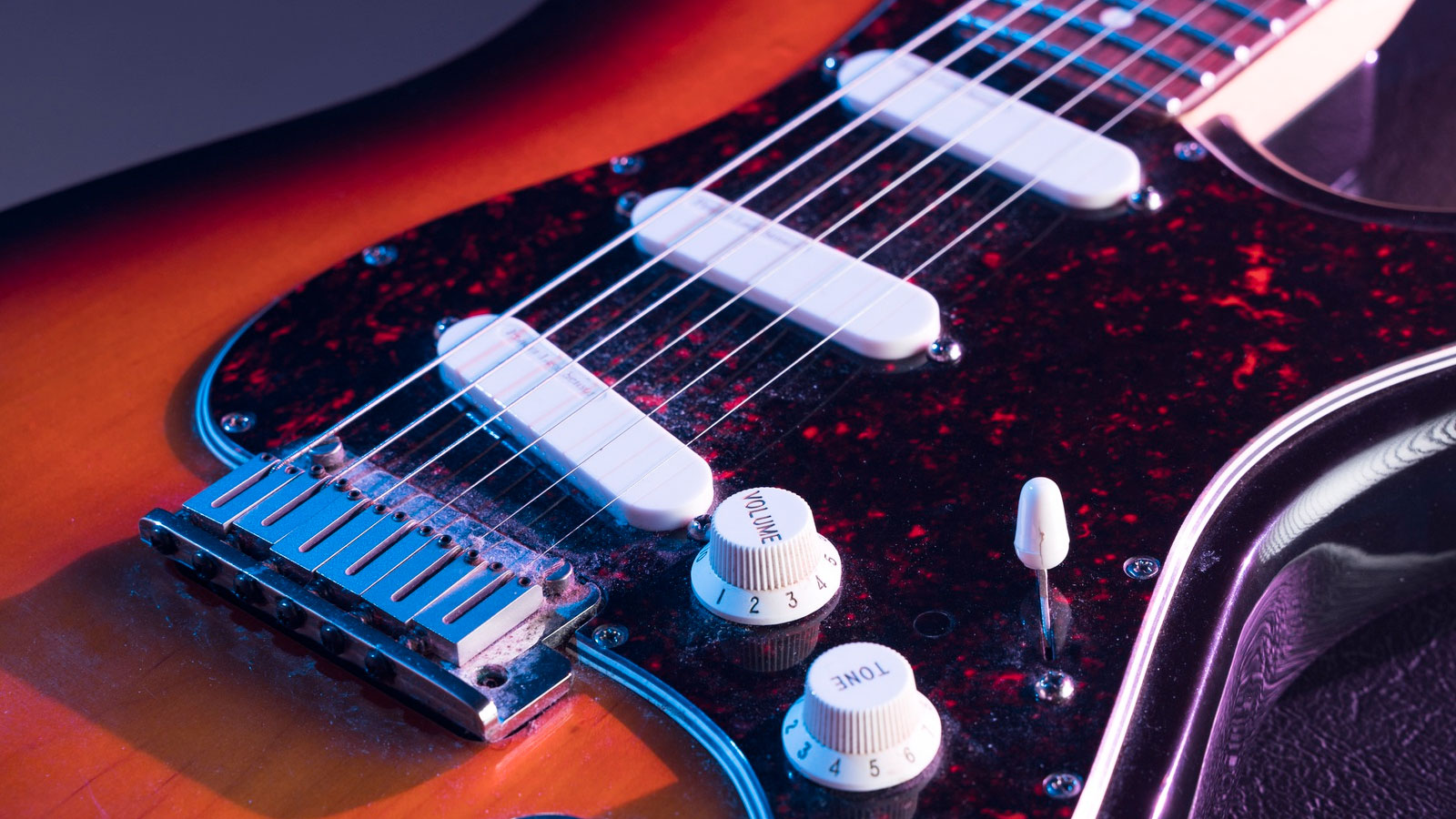The history of music is a tale woven with innovation and evolution, and at the heart of this narrative lies a revolutionary instrument – the electric guitar. In this exploration, we delve into the origins of the first electric guitar and trace its remarkable journey to becoming the iconic instrument that has shaped the sound of generations.
RELATED: Learn how to play Electric Guitar at TrueFire today >
Unveiling the Pioneer:
The birth of the electric guitar can be traced back to the early 20th century, a time when musicians and inventors were seeking ways to amplify sound and break free from the constraints of acoustic instruments. It was in the 1920s that the first electric guitar made its debut, and the credit goes to none other than the legendary inventor and musician, Les Paul.
Les Paul’s First Electric Guitar Experimentation:
In the quest for a louder and more versatile instrument, Les Paul began experimenting with electrifying his acoustic guitar. His early experiments involved attaching phonograph needles and other makeshift pickups to amplify the sound. However, it wasn’t until the 1940s that he successfully created a solid-body electric guitar, a design that would revolutionize the music industry.
The Birth of the Log:
Les Paul’s creation, famously known as “The Log,” was a solid piece of wood with strings and pickups attached. Despite its unconventional appearance, this prototype laid the foundation for the modern electric guitar. It was a groundbreaking moment that paved the way for the mass production of electric guitars and transformed the music landscape.
Commercialization and Popularity:
As the 1950s rolled in, several guitar manufacturers recognized the potential of the electric guitar and began producing their own versions. One of the most iconic names in this regard is Leo Fender, who introduced the Telecaster in 1951, followed by the Stratocaster in 1954. These guitars became immensely popular, offering musicians a new realm of sonic possibilities.
Rock ‘n’ Roll and Beyond:
The guitar‘s popularity skyrocketed with the rise of rock ‘n’ roll in the 1950s and 1960s. Pioneering musicians like Chuck Berry, Elvis Presley, and Buddy Holly embraced the electrified sound, contributing to the instrument’s widespread adoption. The electric guitar became synonymous with rebellion, expression, and the very essence of rock music.
Innovation and Iconic Models:
Over the years, countless innovations have shaped the landscape. From the introduction of the Gibson Les Paul to the Stratocaster’s enduring influence, each model brought its unique qualities to the table. The advent of distortion, feedback, and various effects pedals further expanded the sonic palette, allowing musicians to explore new realms of creativity.
Conclusion:
From Les Paul’s pioneering experiments to the iconic models that followed, the electric guitar has become an enduring symbol of artistic expression. Its evolution mirrors the ever-changing landscape of music, proving that innovation is not only the key to progress but also the heartbeat of creativity in the world of sound. The journey from The Log to the Stratocaster is a testament to the power of human ingenuity and the unyielding desire to push the boundaries of what is possible in the world of music.
RELATED: Learn how to play Electric Guitar at TrueFire today >
